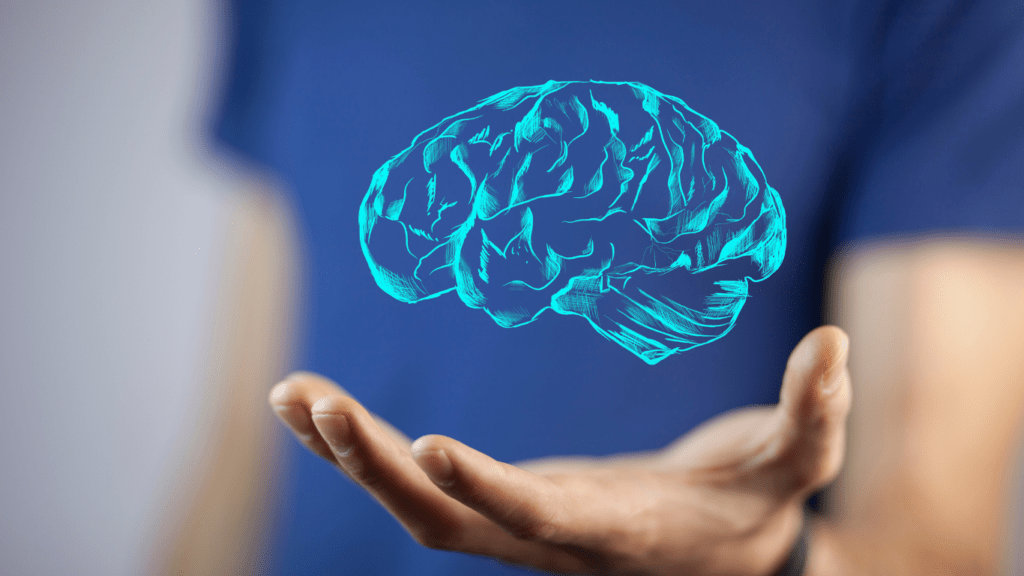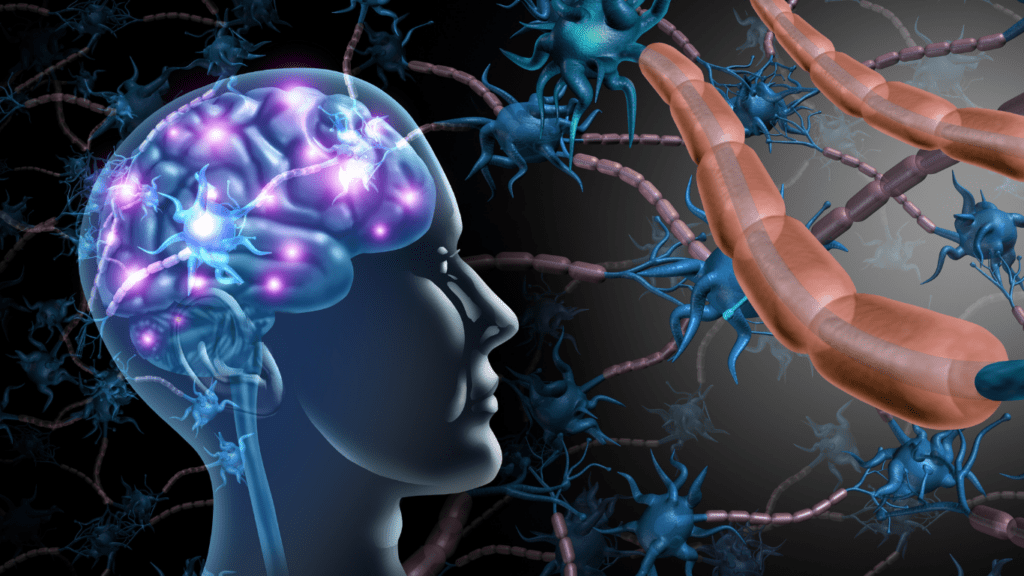Ever feel like your emotions are running the show? I’ve been there, and it’s exhausting. The good news is, you don’t have to stay stuck in that cycle. With the right tools and strategies, you can actually train your brain to find emotional balance and resilience. That’s where biohacking comes in—a fascinating way to optimize your brain’s performance using science-backed techniques.
What Is Brain Biohacking?
Brain biohacking refers to the process of optimizing cognitive and emotional functions by leveraging science, nutrition, and lifestyle changes. It’s a targeted way to enhance mental clarity, focus, and emotional regulation.
Understanding Biohacking
Biohacking involves deliberate actions to improve how the body and mind perform. These actions often include consuming nootropics (e.g., adaptogens and omega-3s), using technology like neurofeedback devices, and creating structured routines. The goal is to make measurable changes to support both physical and mental health.
Modifying external factors, like light exposure or sleep patterns, affects brain chemicals such as serotonin and dopamine. These adjustments help stabilize emotional reactions and elevate mood.
The Connection Between Brain Biohacking and Emotional Balance
Efforts to biohack the brain aim to regulate emotions by influencing neural systems. Activities like:
- mindfulness meditation
- aerobic exercise
- cold exposure
trigger biochemical reactions that improve emotional resilience. For example, mindfulness reduces cortisol, while exercise promotes endorphin release.
Neuroplasticity, the brain’s ability to adapt and rewire, plays a role in how biohacks create lasting emotional changes. Rewiring habits and forming new thought patterns, supported by biohacking tools, enhances emotional stability and sharpens mental performance.
Key Strategies to Biohack Your Brain for Emotional Balance
Biohacking your brain for emotional balance involves practical, science-backed strategies that enhance mental and emotional reactions. Applying effective techniques creates sustainable improvements in mood and resilience.
Optimizing Nutrition and Supplements
Proper nutrition directly affects brain function and emotional stability. Including omega-3 fats (found in salmon, walnuts) supports mood regulation by impacting neurotransmitter activity. Consuming foods rich in magnesium, such as dark chocolate or spinach, reduces stress by calming neural activity.
Supplements like ashwagandha and L-theanine lower cortisol and promote relaxation. Nootropics, including Bacopa monnieri, enhance cognitive health and regulate mood when paired with a nutrient-dense diet.
Embracing Mindfulness and Meditation Techniques
Mindfulness and meditation lower stress levels and create a sense of emotional balance. Daily mindfulness practices activate the prefrontal cortex, strengthening emotional regulation.
Meditation styles such as focused attention or body scanning decrease amygdala activity, reducing overreactions to stressful triggers. Devoting 10-15 minutes daily sustains emotional resilience over time.
Leveraging Technology for Improved Emotional Health
Innovative technologies aid in tracking and enhancing emotional well-being. Neurofeedback devices, like Muse headbands, help train the brain to achieve calmer states by monitoring real-time brainwave patterns.
Apps such as Calm or Headspace guide meditation and teach stress-reduction techniques. Light therapy boxes combat seasonal affective symptoms by regulating melatonin and serotonin production.
Harnessing the Power of Exercise and Movement
Exercise creates biochemical changes that stabilize emotions and improve mood. Aerobic activities like running, cycling, or swimming boost endorphin production, acting as natural mood elevators.
Incorporating strength training, yoga, or tai chi reduces anxiety and increases mind-body awareness. Movement resets the nervous system, creating immediate and long-term emotional benefits.
The Role of Sleep in Emotional Balance

Sleep plays a critical role in regulating emotions and maintaining mental stability. By optimizing sleep patterns, it’s possible to enhance emotional balance effectively.
Improving Sleep Quality Through Biohacking
Applying biohacking techniques makes it easier to establish high-quality sleep patterns. Adjusting light exposure, limiting blue light from screens 1-2 hours before bedtime, and using sleep-friendly lighting can support melatonin production. Integrating supplements like magnesium glycinate and melatonin improves relaxation and sleep onset.
Monitoring sleep cycles with wearable devices ensures consistent sleep duration and identifies disruptions. Establishing consistent wake and sleep schedules aligns the body’s circadian rhythm for better emotional stability. Ensuring the bedroom environment remains cool and free of distractions can further enhance sleep depth.
Sleep and Its Direct Impact on Mental Health
High-quality sleep directly influences brain functions tied to emotional regulation. Studies from institutions like Harvard Medical School highlight that the brain processes emotions during rapid eye movement (REM) sleep. Poor sleep compromises this process, increasing irritability, anxiety, and mood swings.
Chronic sleep deprivation leads to heightened stress hormone levels, such as cortisol, impairing emotional resilience. Conversely, restorative sleep boosts serotonin and dopamine production, stabilizing mood and fostering positive emotional responses. Maintaining healthy sleep habits lays the foundation for improved emotional balance and mental health.
Common Misconceptions About Brain Biohacking
Many people misunderstand brain biohacking, leading to unrealistic expectations or hesitations about its effectiveness. These misconceptions often deter individuals from exploring techniques that could enhance emotional well-being.
1. Brain biohacking is only for experts
Some assume biohacking requires advanced scientific knowledge. However, it involves accessible, everyday habits such as improving diet, practicing mindfulness, or adjusting light exposure. While certain tools, like neurofeedback devices, may need expertise, most strategies are simple enough for anyone to integrate.
2. Supplements are the sole solution
A common myth is that nootropics and supplements alone transform brain function. While compounds like L-theanine and ashwagandha can support emotional stability, they’re most effective when combined with other practices, like regular exercise and stress management.
3. Immediate results are guaranteed
Many believe biohacking offers instant outcomes. In reality, strategies like meditation or sleep optimization lead to gradual but lasting changes as the brain adapts over time through neuroplasticity.
4. Biohacking involves risky practices
Some view biohacking as experimental or unsafe. However, most techniques are supported by research and target natural processes, such as enhancing serotonin levels through diet or stabilizing cortisol with consistent sleep.
5. It’s expensive and inaccessible
People often think biohacking relies on costly tools or supplements. While devices like EEG headsets can be expensive, many techniques, like mindful breathing or sunlight exposure, require no financial investment.
Addressing these misconceptions can empower more people to explore brain biohacking as a safe, practical way to achieve emotional balance.
Practical Tips for Getting Started
1. Build a Morning Routine
I start with a structured morning routine to set the tone for the day. Incorporating mindfulness practices like meditation or deep breathing enhances focus and emotional stability. Drinking water first thing in the morning and exposing myself to natural sunlight within 30 minutes of waking boosts mood by regulating cortisol and serotonin levels.
2. Optimize Nutrition
I prioritize foods that enhance brain function and emotional balance, such as fatty fish for omega-3s, leafy greens for magnesium, and fermented foods for gut-brain health. For convenience, I supplement with L-theanine or ashwagandha to reduce stress and improve focus.
3. Engage in Consistent Exercise
I include at least 30 minutes of aerobic exercise or yoga daily. Activities like jogging, cycling, or practicing yoga release endorphins, balance cortisol levels, and improve both short- and long-term emotional well-being.
4. Implement Sleep Biohacks
I improve sleep by establishing a consistent bedtime, reducing blue light exposure two hours before sleeping, and using blackout curtains. If I find relaxation challenging, I use magnesium glycinate or melatonin supplements to support sleep quality. Monitoring sleep cycles with wearables helps me align my sleep with my natural circadian rhythm.
5. Use Technology for Brain Function
I incorporate neurofeedback devices, meditation apps, or brain-training tools to measure and enhance my emotional resilience. These technologies create personalized strategies to manage stress and improve focus.
6. Practice Gratitude and Journaling
I improve emotional balance by listing 3 to 5 things I’m grateful for daily. Journaling helps me reflect on emotions, identify stressors, and track positive changes.
7. Experiment with Cold Exposure
I utilize cold showers or ice baths to stabilize my mood. Cold exposure activates the vagus nerve, influencing emotional resilience and reducing stress markers.
8. Stay Consistent
I maintain small, daily practices for measurable results. Tracking progress ensures I stay motivated and recognize the gradual changes in my emotional balance, solidifying the benefits of biohacking my brain.





